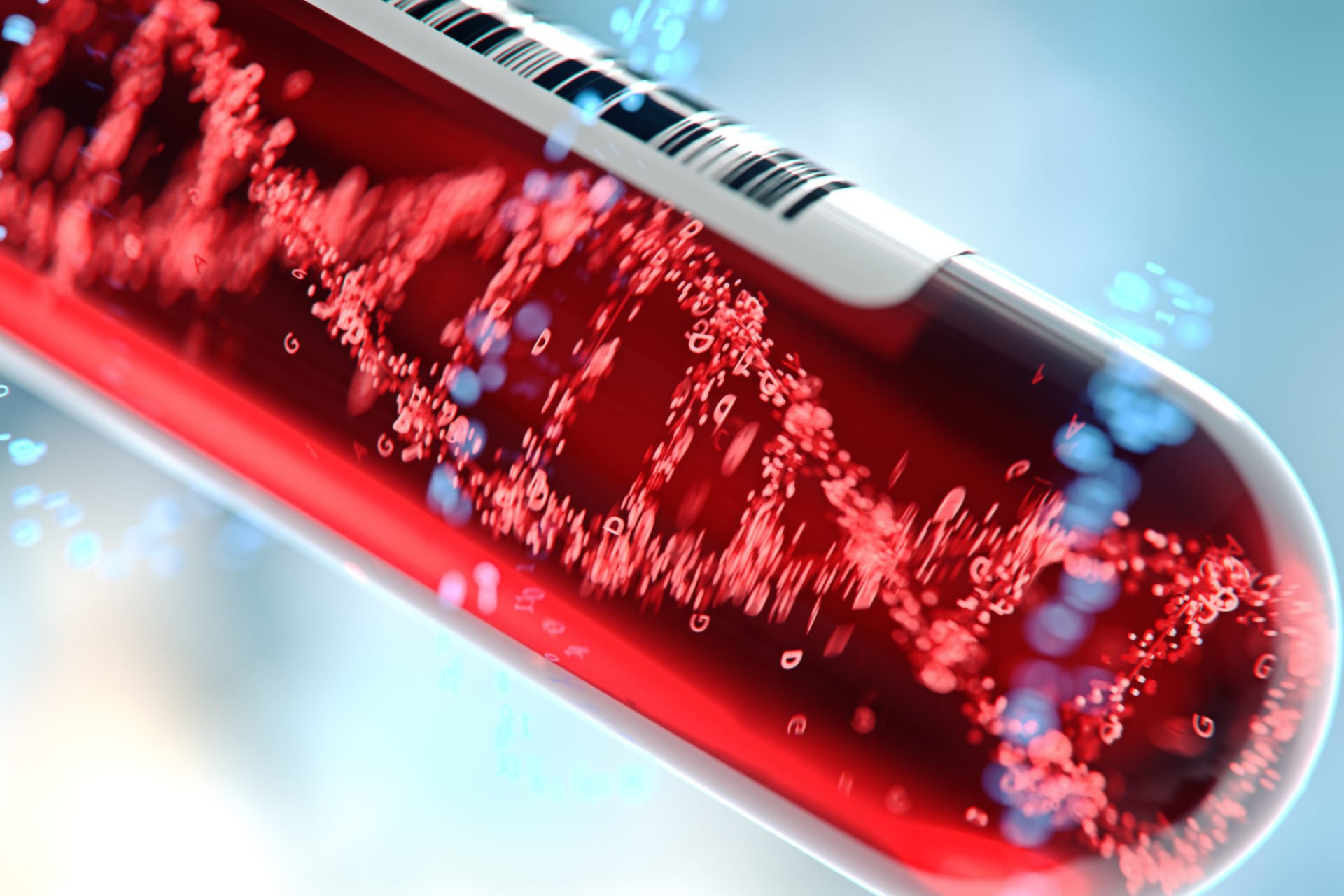The U.S. Department of Homeland Security has been studying a new technology for deployment in a number of uses, including combating human trafficking and preventing immigration fraud. The tool, known as rapid DNA, allows law enforcement agencies to create profiles from a DNA sample in just 90 minutes.
You’re probably thinking: “But they do that all the time on CSI:!” While Hollywood has happily propagated the idea that analyzing a DNA sample can be done in a matter of minutes, the reality is quite different. Forensics labs — which process these DNA samples and create profiles to help police match crime-scene evidence to a suspect — can take several days or even weeks to return an analysis. Outrage about the DNA collected in hundreds of thousands of rape kits that were never tested — often because forensics labs can’t keep up with law enforcement demand for DNA analysis — spurred former presidential candidate Kamala Harris to propose a $1 billion initiative to help state labs catch up.

That’s why, in the past decade, technology developers have aimed to design new systems capable of processing DNA samples much more quickly. After years of testing these new systems, federal agencies are now beginning to roll them out for use in the field.
At the annual meeting of the Association for Molecular Pathology in November, forensics consultant Amanda Sozer shared insights on her work with DHS to evaluate how rapid DNA devices could be used in mass fatality scenarios. You know the kind: a plane goes down, and relatives show up with their family member’s toothbrush, hoping the DNA it contains might be matched to otherwise unidentifiable remains.
This type of scenario has been the subject of several full-scale exercises run by DHS. These dry runs were successful in analyzing DNA samples and matching them to the right individual’s profile. In addition to the faster turnaround, rapid DNA tools offer other advantages, Sozer said. They can be used on-site — no special lab facility required — which not only speeds up the identification process, but also means there’s a lower chance for samples to get mixed up in transit from the mass casualty site to the lab. There’s also the benefit that samples collected from a terrorist attack, a nuclear facility accident, or any other site tainted by radiation can stay where they are, instead of triggering the dangerous and expensive protocols required for bringing radioactive contaminants into a lab.

The technology has performed well enough in mock scenarios to be deployed in real-world mass casualties, including last year’s devastating Camp Fire in Paradise, Calif., and the more recent boat fire near Santa Barbara. Family members who don’t have a DNA sample from their loved one can be tested themselves, and scientists can use DNA relatedness analysis to match a victim.
The results from rapid DNA have been “unbelievable,” Sozer said, particularly from difficult samples such as bone.
Aside from mass casualty situations, DHS is exploring the use of rapid DNA technology to test relatedness at border crossings to prevent human trafficking and flag potentially fraudulent immigration.

















